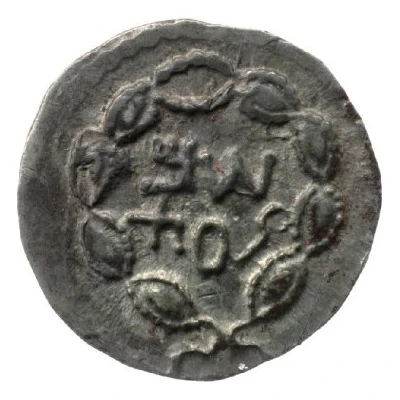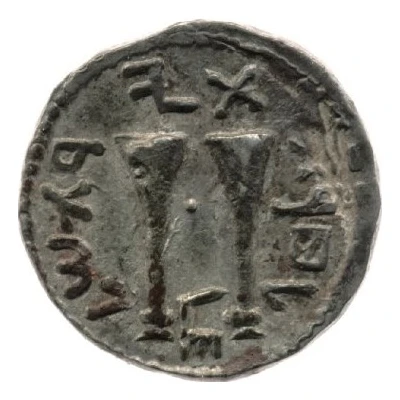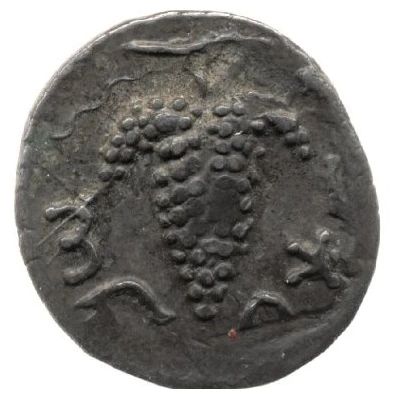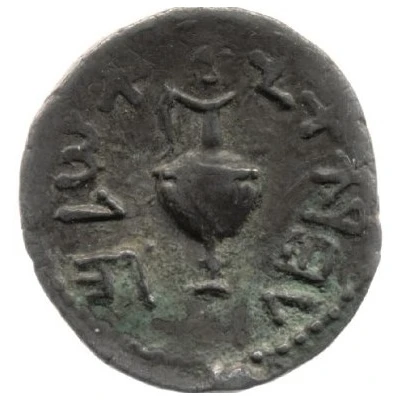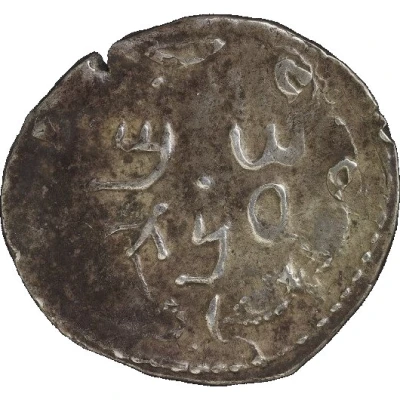


© British Museum
Zuz - Simeon bar Kosevah Year Three
| Silver | 3.57 g | 19 mm |
| Issuer | Judea |
|---|---|
| Period | Bar Kokhba Revolt (132-135) |
| Type | Standard circulation coin |
| Years | 134-135 |
| Value | 1 Zuz = ¼ Sela = ¼ Shekel |
| Currency | Bar Kokhba Revolt ‒ Shekel (132-135) |
| Composition | Silver |
| Weight | 3.57 g |
| Diameter | 19 mm |
| Shape | Round (irregular) |
| Technique | Hammered |
| Orientation | Medal alignment ↑↑ |
| Demonetized | 4 August 0135 |
| Updated | 2024-10-10 |
| Numista | N#95777 |
|---|---|
| Rarity index | 100% |
Reverse
Palm branch; undertype: head of Hadrian, laureate, right
Script: Hebrew
Lettering: לחרות ירושלם
Translation:
LEHEROT YERUSHALAYIM
(For the freedom of Jerusalem)
Comment
A coin of the Second Jewish Revolt, struck over a denarius of Hadrian. (Syrian tetradrachms were similarly utilised to make full shekels). Also known as the Bar Kochba Rebellion after its leader Simon Bar Kochba, it was crushed more swiftly than the First Revolt. The Romans had renamed Jerusalem Aelia Capitolina (which produced its own civic coinage), in honour of Hadrian during his visit of AD 130, and the defeat of the rebellion saw the building of a temple to Jupiter on the site of the Jewish Temple.http://www.britishmuseum.org/research/collection_online/collection_object_details.aspx?objectId=1310915&partId=1&images=true&people=61079&object=23360&page=3
Interesting fact
The Zuz - Simeon bar Kosevah (Year Three) (134-135) coin from Judea is notable for its unique design, which features a depiction of a lulav and an etrog, two symbols of the Jewish holiday of Sukkot. This coin was minted during the reign of Roman Emperor Hadrian, who had a policy of promoting the Roman imperial cult and suppressing local religions, including Judaism. Despite this, the Jewish community in Judea was able to mint coins with religious symbols, indicating a degree of religious and cultural autonomy.
